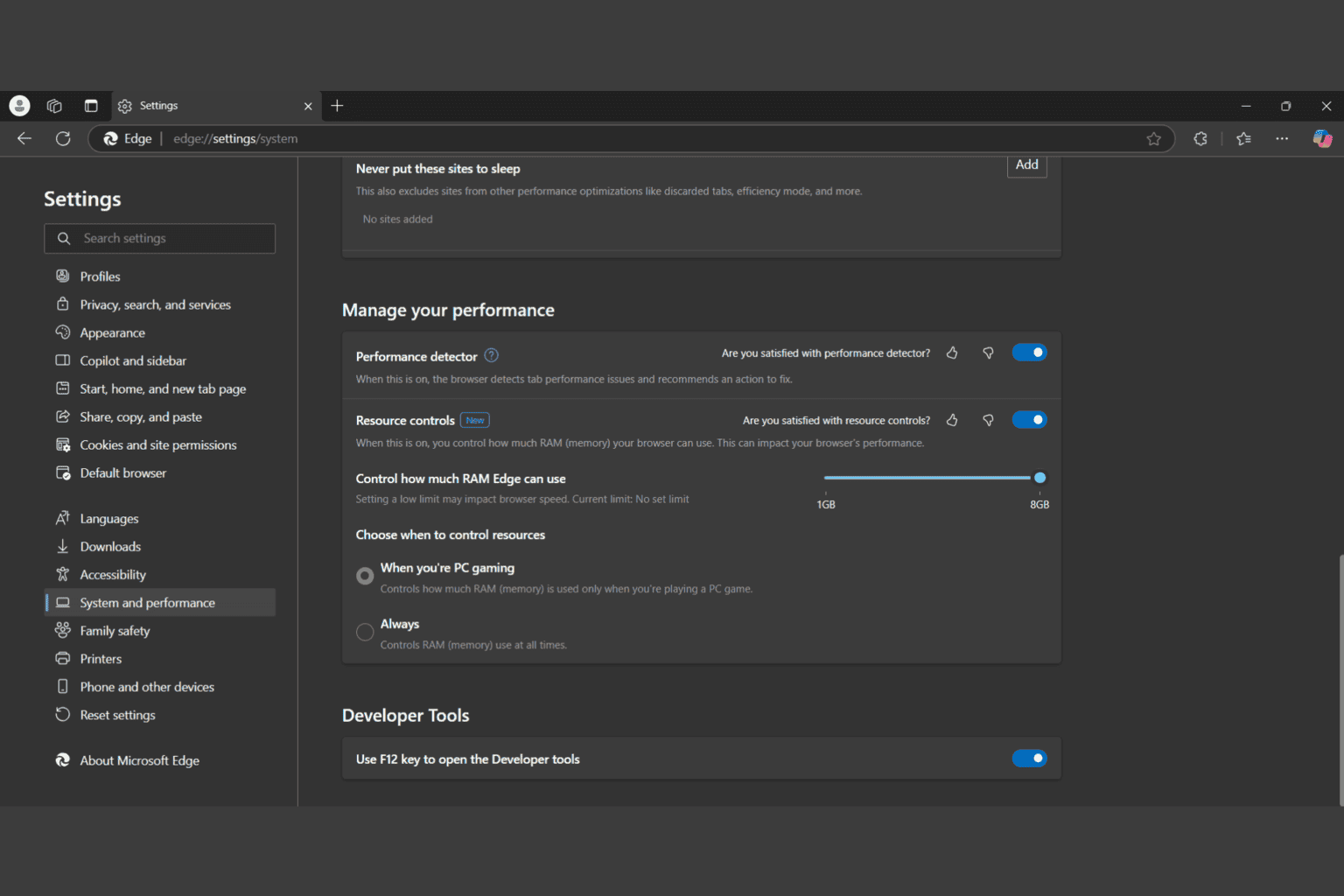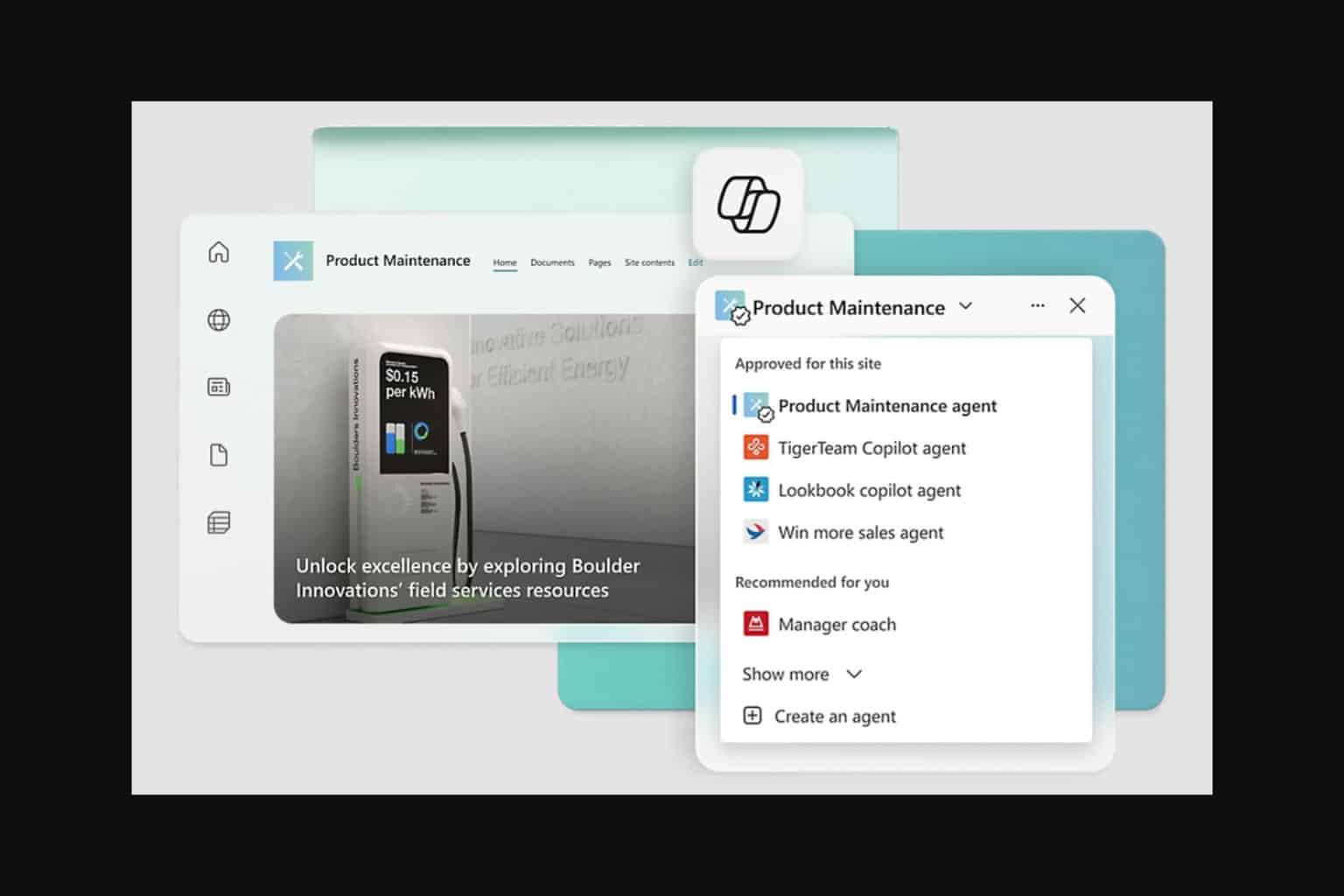How to recover from ‘black screen after sleep’ on a Surface Pro 4
3 min. read
Published on
Read our disclosure page to find out how can you help Windows Report sustain the editorial team. Read more
It’s no secret that Microsoft’s Surface Pro 4 and Surface Book devices, while universally praised as innovative and well-designed machines, suffer from some firmware and display driver issues. The inability to enter Intel’s Skylake’s deeper sleep states, poor battery life when sleeping, display driver crashes, and other issues are confirmed by users and Microsoft alike.
One of the most frustrating bugs suffered by Surface Pro 4 users right now is the “black screen after sleep” problem. Basically, when a Surface Pro 4 is woken from whatever sleep state it manages to enter, the screen sometimes remains off and no combination of pressing and prodding will force it to turn back on. You can tell the machine is actually awake and active because the Windows Hello infrared light turns on and starts scanning.
Fortunately, there’s an easy solution as long as you have your Type Cover handy. What seems to be happening is that the display driver forgets that it’s using the local screen and tries to project to a non-existent external display. The solution in this case is fairly simple:
- When the screen is black but the infrared light is on, hit the Win+P combination once.
- Wait a few seconds, then hit the Win+P combination again. You’re simply cycling through screen projection options.
- After a second or so, the screen should turn on and you should see the “Project” bar on the right side. Bang, you’re back in business.
If your Type Cover isn’t available, then you’ll have to force the Surface Pro 4 to shut down. A longer term solution is also available, but it’s a bit more complicated and intrusive: you can also manually install the Intel HD reference drivers from 12/22/2015 and the issue shouldn’t recur (and you might get better sleep performance as well), but you’ll be out of sync with Microsoft’s official drivers and those Intel drivers cause some issues of their own.
To install the Intel drivers, you’ll need to download and unzip them, and then do the following (this is all easier in desktop mode than tablet mode):
- Open Control Panel > Device Manager
- Expand “Display adapters”
- Right-click on the Intel HD Graphics 520 device, select “Update Driver Software”
- Select “Browse my computer for driver software”
- Select “Let me pick from a list of device drivers on my computer”
- Click “Have Disk…”
- Browse to your unzipped drivers, navigate to the Graphics folder
- Select “igdlh64.inf” and click “Open”
- Follow the rest of the prompts. You may or may not have to reboot your system.
Again, installing the reference Intel HD drivers overcomes some of the current issues, but causes other problems. However, until Microsoft releases new firmware and display drivers that resolve these issues, the Intel drivers do result in a slightly improved experience. As always, do this at your own risk, and if you can live with the poor sleep support and occasional black screens, then sticking with the stock Microsoft drivers isn’t a terrible idea.








User forum
0 messages